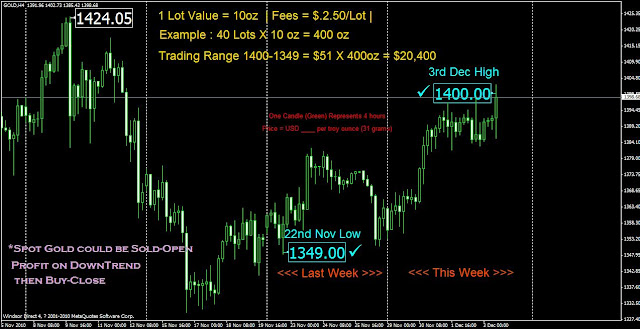By Matt Phillips

- Getty Images
Capital Economics is out with a bullish note on old yeller, saying they now forecast that the metal goes to $1,600 by the end of next year and 2,000 by the end of 2012. Gold is currently trading around $1,385:
We are increasingly positive on gold. Admittedly, we are relatively recent - and regrettably late - converts to this camp. A firmer dollar, fading inflation fears and greater risk appetite may also limit the upside in the next few months. But the price of gold should continue to be supported by demand for a safe haven from other potential economic and financial shocks. Front-runners include the risks of a US-China trade war and some form of EMU break-up. Even if the euro-zone holds together, the rolling financial crisis in Europe should keep investors nervous. We are also increasingly concerned that the longstanding fiscal problems in Japan will finally come to a head in the next year or two.
What’s interesting to us about this call is that it’s decidedly not about using gold as a hedge against inflation.
In fact, check out this chart included in Capital Economics’ note. You can see how the price of gold isn’t being supported by inflation as it was during the last bubbl– err, period of well-reasoned, enthusiastic investment in the the shiny rock — back during the early 1980s. Capital Economics’ Julian Jessop writes:
Gold prices peaked at around $2,300 in real terms in January 1980, albeit driven by demand for
an inflation hedge. Inflation was then much higher than is remotely likely now (see Chart 2), and these gold price levels were not sustained for more than a few days. Nonetheless, the shocks that could still be to come would readily justify a retesting of these highs.
more...


